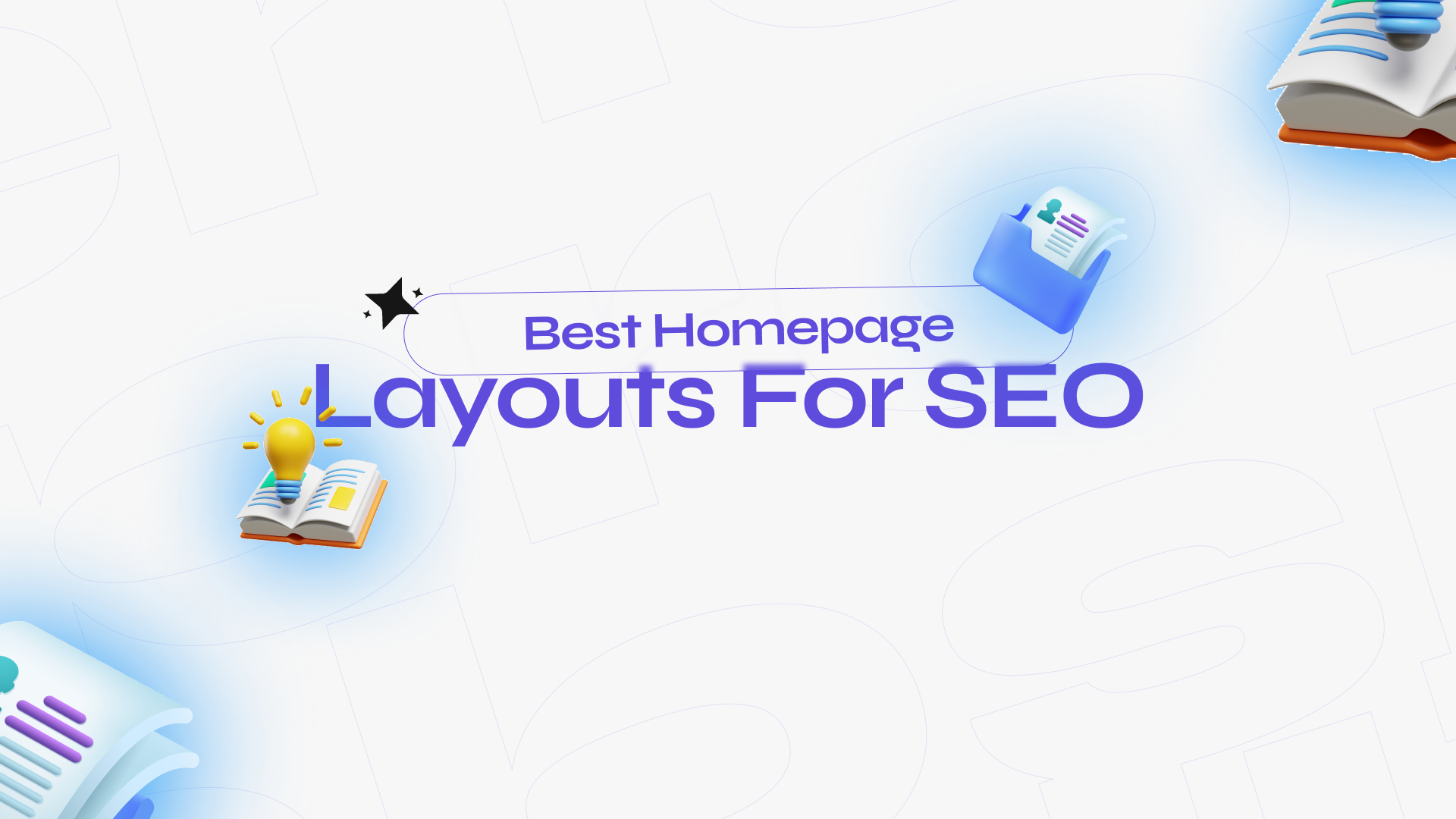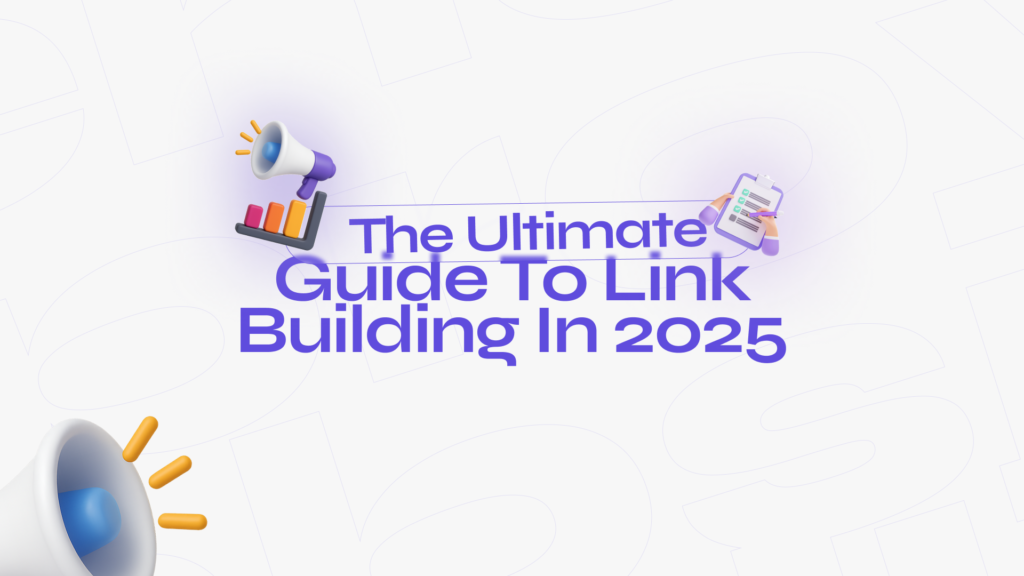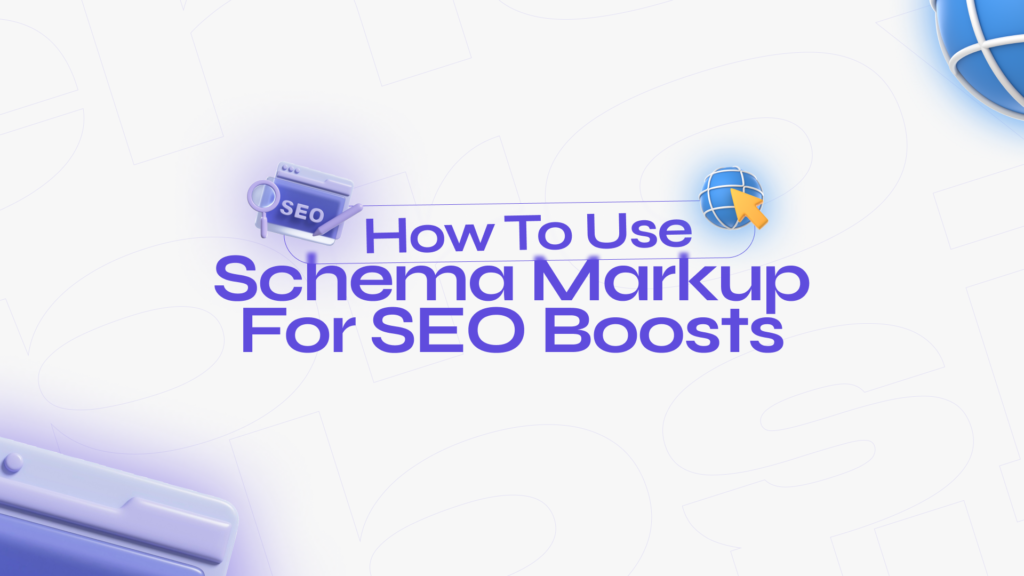A homepage is more than a digital welcome mat, it’s your site’s SEO foundation. Done right, your homepage layout can boost rankings, drive conversions, and build trust fast. Done wrong, it can slow down your site, confuse visitors, and tank performance.
In this guide, we’ll break down what makes a homepage layout great for SEO in 2025, backed by current best practices, user behavior trends, and performance data. Whether you’re designing from scratch or optimizing an existing homepage, this article will help you make smarter decisions.
1. Clear and Focused Hero Section
The top of your homepage (hero section) is where SEO and UX intersect. It should immediately answer three questions:
What is this site about?
Who is it for?
What action should I take?
SEO Tip:
Include your main keyword naturally in the H1 tag here. For example, if you’re an SEO agency, a headline like “Rank Higher with Our Proven SEO Services” signals relevance clearly to both users and search engines.
Make sure your H1 is unique, concise, and includes a clear CTA (call-to-action) like “Get a Free SEO Audit” or “Book a Strategy Call.”
2. Internal Linking to High-Intent Pages
A homepage should serve as a powerful internal linking hub. Instead of just showing flashy graphics or vague taglines, guide users (and crawlers) to your:
Top services
Blog categories
Lead magnets
Case studies or success stories
Use keyword-rich anchor text to boost topical authority. For example:
“Explore our [eCommerce SEO services]”
“See how we grew traffic by 5x in our [case studies]”
Google still heavily relies on internal links to understand your site structure and hierarchy.
3. Add Keyword-Rich Copy—But Don’t Overdo It
Many homepages are either too vague (just images and CTAs) or overloaded with keyword stuffing. The sweet spot? A clean layout with ~300–500 words of targeted content distributed across the page.
Suggested sections:
A short intro paragraph about your business and value proposition
A bulleted list of core services or products
1–2 short paragraphs below the fold expanding on key benefits or process
Make it readable. Use real language. Avoid stuffing keywords unnaturally. Focus on how your business solves problems.
4. Use Schema Markup
Search engines don’t just read—they interpret. Schema markup helps them understand the purpose of your page faster. For homepages, use:
Organization schema
LocalBusiness schema (if applicable)
WebSite schema with a
SearchActionfor internal search
If you’re showcasing testimonials, include Review or AggregateRating schema. These markups don’t guarantee rich snippets but significantly increase your eligibility and crawl clarity.
5. Mobile-First Layout and Core Web Vitals
In 2025, Google’s ranking system is fully mobile-first and deeply performance-focused. Your homepage must load fast, especially on mobile.
Key layout elements:
Clean, responsive grid with optimized font sizes
Prioritize fast-loading hero image (webp or AVIF format)
Avoid pop-ups or interstitials on mobile view
Test your homepage with:
Google PageSpeed Insights
Lighthouse in Chrome DevTools
GTmetrix or WebPageTest
Aim for:
LCP under 2.5s
FID under 100ms
CLS under 0.1
6. Social Proof and Trust Signals
From an SEO perspective, trust = authority. And authority helps rankings.
Homepage must-haves:
Client logos or press mentions near the top
Clear testimonials with names or faces
Star ratings (if relevant) using schema
Certifications, awards, or trust badges (SSL, Google Partner, etc.)
Not only do these increase conversions, they signal credibility and reduce bounce rates—an indirect SEO win.
7. Navigation and Footer: The Silent Ranking Helpers
A homepage’s header and footer structure quietly shape how users explore your site. And how bots crawl it.
Navigation Tips:
Keep the top nav shallow (no mega menus unless truly needed)
Use clear labels: “SEO Services,” not “What We Do”
Include a sticky nav on scroll if your page is long
Footer Tips:
Add quick links to service pages, about, contact, and blog
Include business location and contact info with schema
Repeat CTA or email capture (low friction)
A well-built footer improves crawl depth and site architecture and it’s often where Googlebot starts linking from.
8. Don’t Forget Conversion Goals
SEO traffic is worthless if it doesn’t convert. Your homepage layout should support conversions, not just rankings.
Must-have elements:
Clear above-the-fold CTA (preferably with a lead magnet or incentive)
Testimonials or mini case study carousel
Lead form or booking option near bottom of page
“Why Us” section with a few key differentiators
Bonus: Use exit-intent popups or sticky bars on scroll to capture more leads without overwhelming users on first load.
Final Thoughts
The best homepage layout for SEO balances content, design, UX, and performance. It guides both users and crawlers, builds authority, and encourages action.
Whether you’re launching a new site or revamping an old one, start with a homepage that’s built for humans and optimized for search engines.
And if you need help getting it right, Agencify Digital specializes in creating SEO-first websites that rank fast and convert better.
Let’s build your homepage to win.





